2022 Vol. 37, No. 1
2022, 37(1): 1-24.
doi: 10.1016/S1872-5805(22)60573-0
Abstract:
2022, 37(1): 25-45.
doi: 10.1016/S1872-5805(22)60574-2
Abstract:
2022, 37(1): 46-58.
doi: 10.1016/S1872-5805(22)60584-5
Abstract:
2022, 37(1): 59-92.
doi: 10.1016/S1872-5805(22)60579-1
Abstract:
2022, 37(1): 93-108.
doi: 10.1016/S1872-5805(22)60581-X
Abstract:
2022, 37(1): 109-135.
doi: 10.1016/S1872-5805(22)60586-9
Abstract:
2022, 37(1): 136-151.
doi: 10.1016/S1872-5805(22)60583-3
Abstract:
2022, 37(1): 152-179.
doi: 10.1016/S1872-5805(22)60575-4
Abstract:
2022, 37(1): 180-195.
doi: 10.1016/S1872-5805(22)60578-X
Abstract:
2022, 37(1): 196-222.
doi: 10.1016/S1872-5805(22)60577-8
Abstract:
2022, 37(1): 223-236.
doi: 10.1016/S1872-5805(22)60582-1
Abstract:
2022, 37(1): 237-244.
doi: 10.1016/S1872-5805(22)60576-6
Abstract:
2022, 37(1): 245-258.
doi: 10.1016/S1872-5805(22)60580-8
Abstract:
2022, 37(1): 259-276.
doi: 10.1016/S1872-5805(22)60585-7
Abstract:


 Abstract
Abstract HTML
HTML PDF
PDF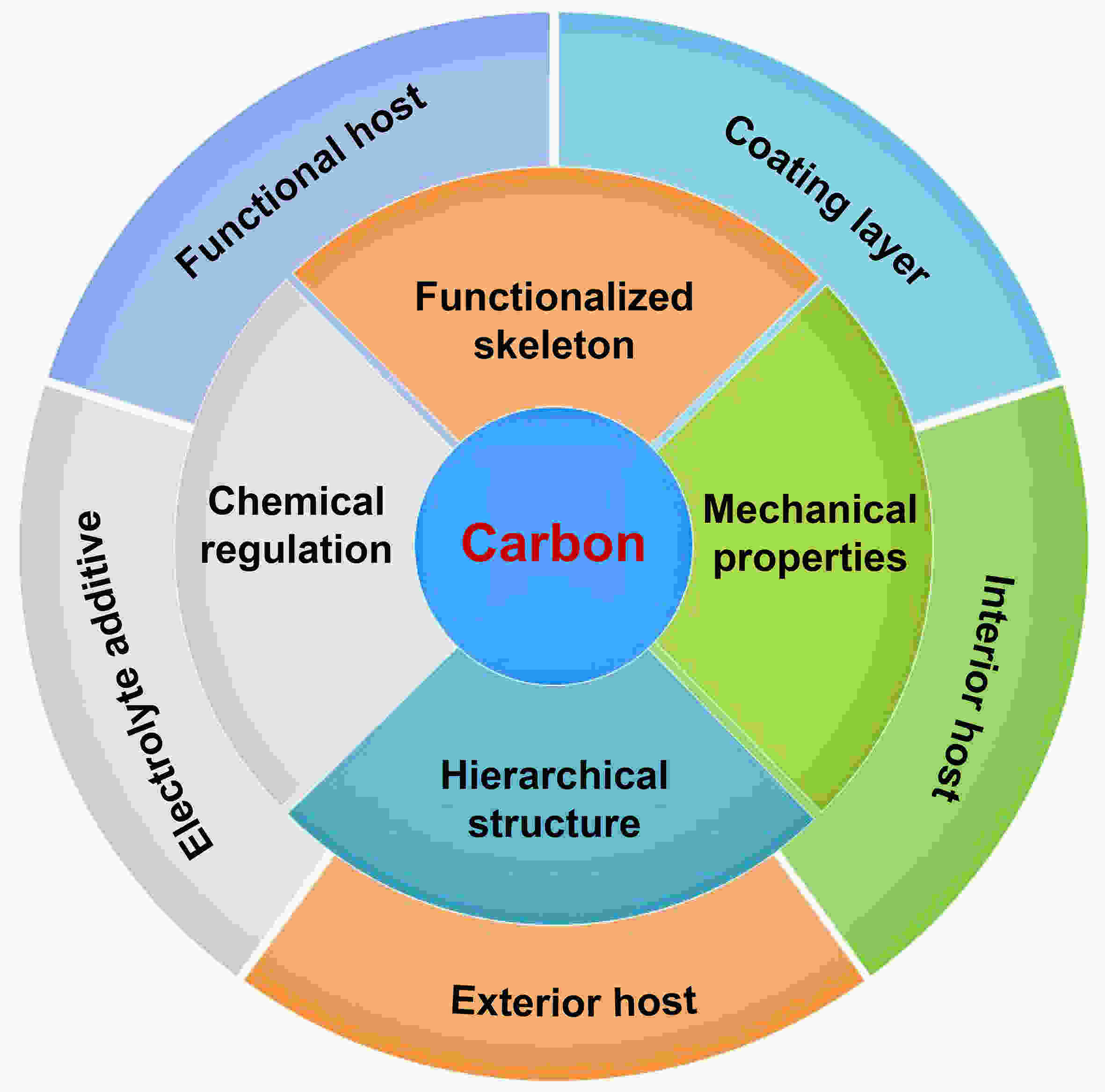


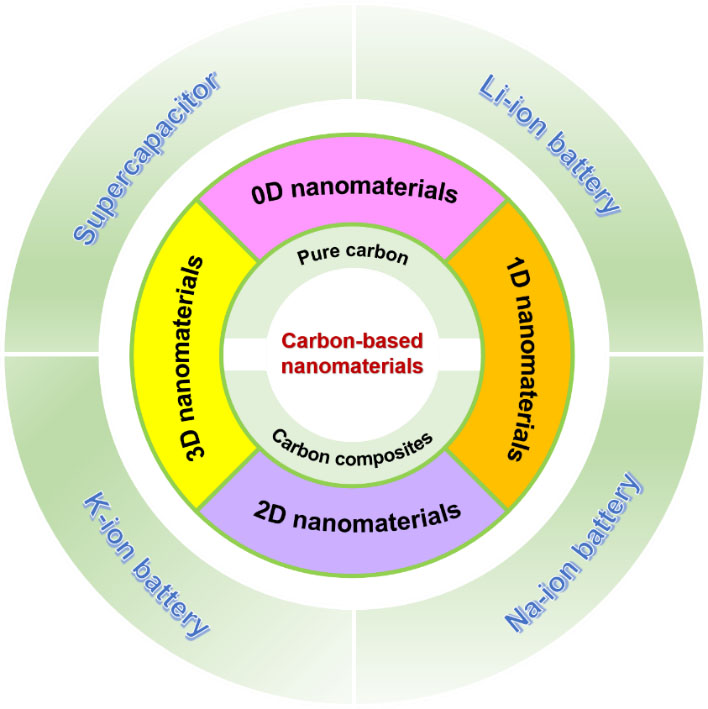


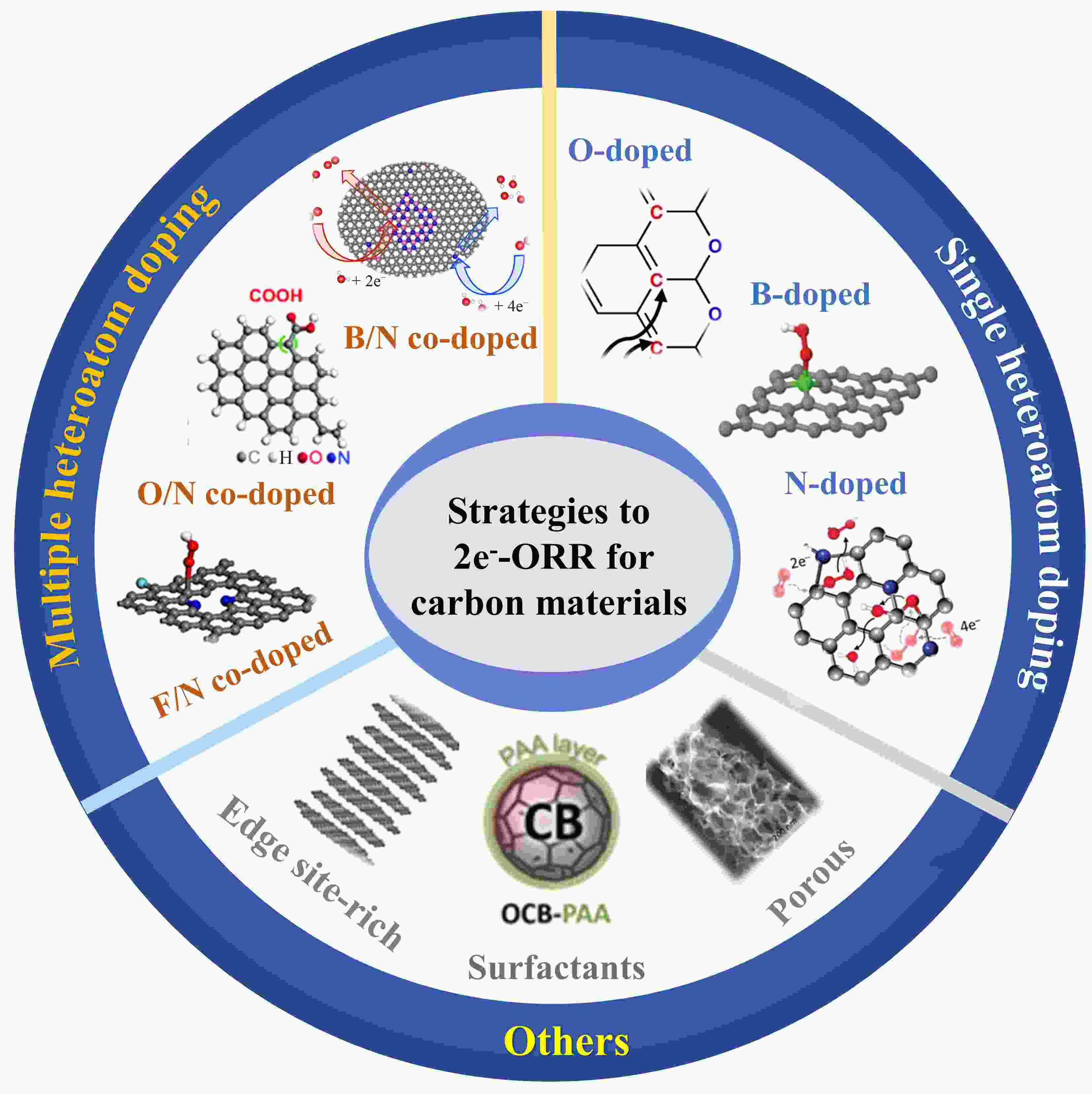
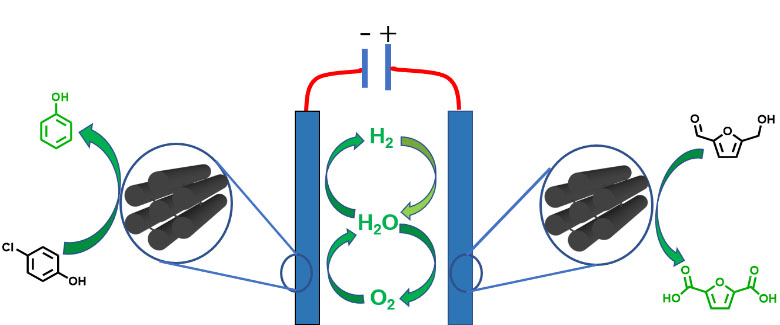



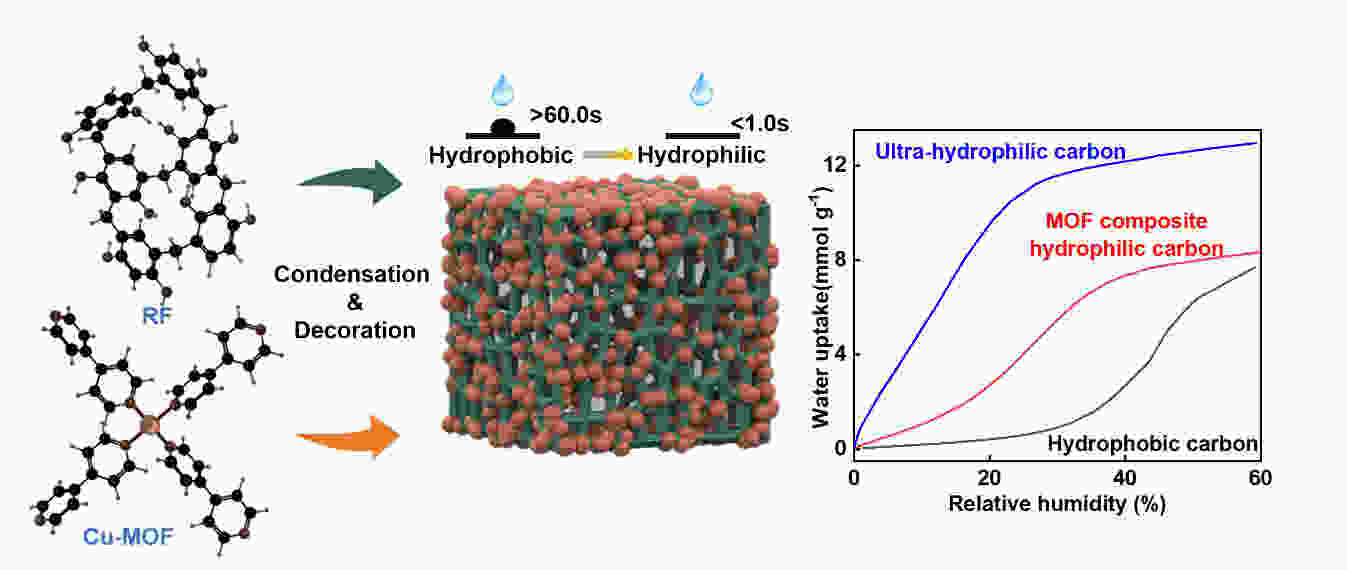

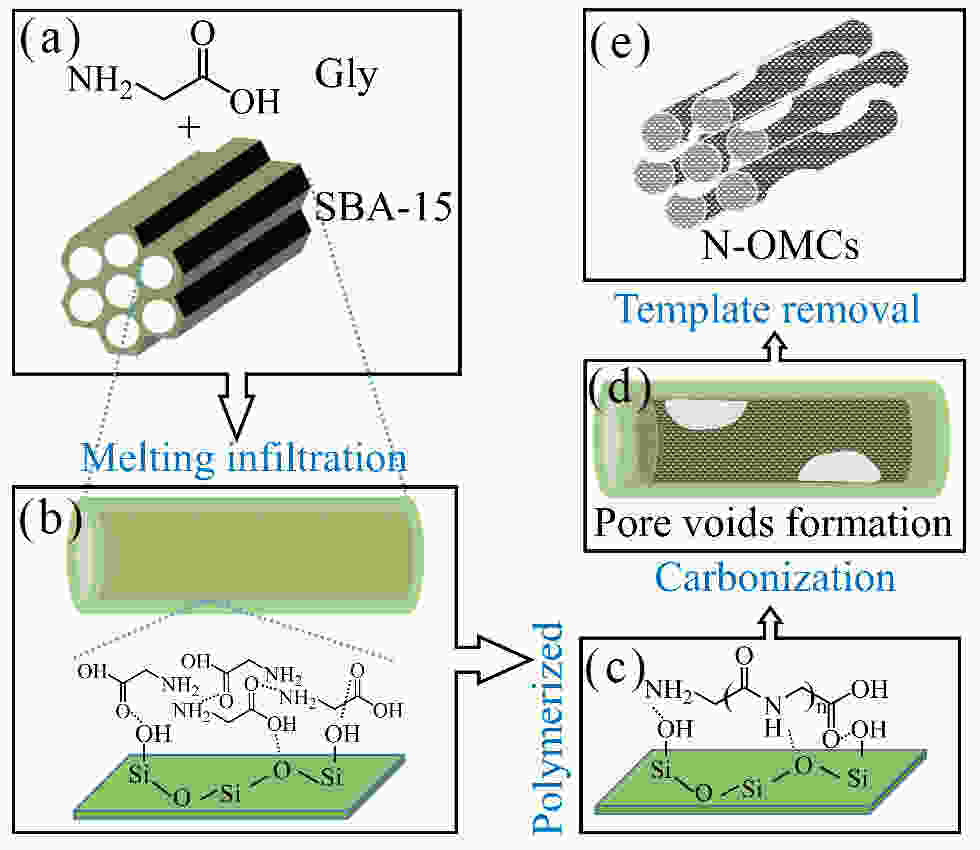
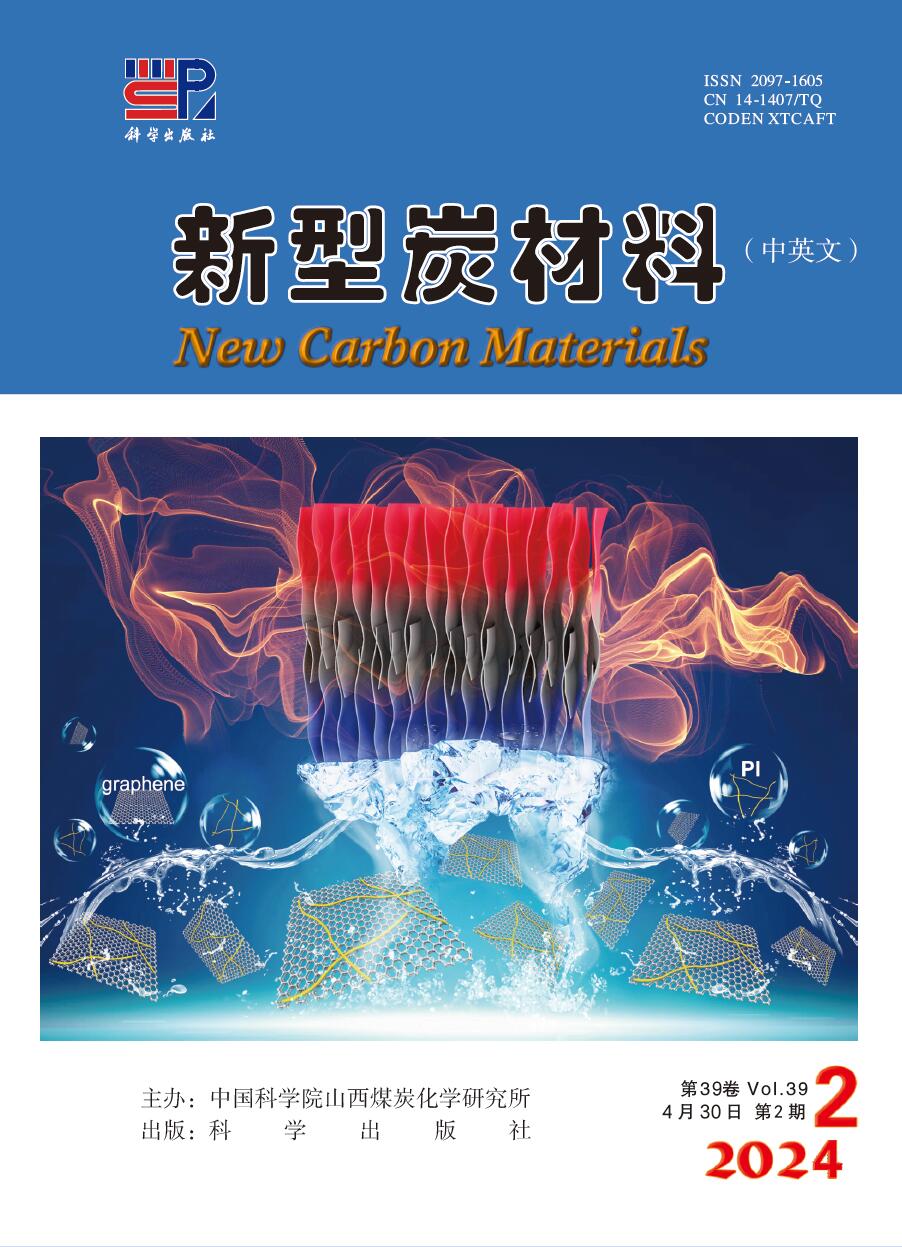

 Classified Collection
Classified Collection

 Email alert
Email alert RSS
RSS Download
Download Links
Links

